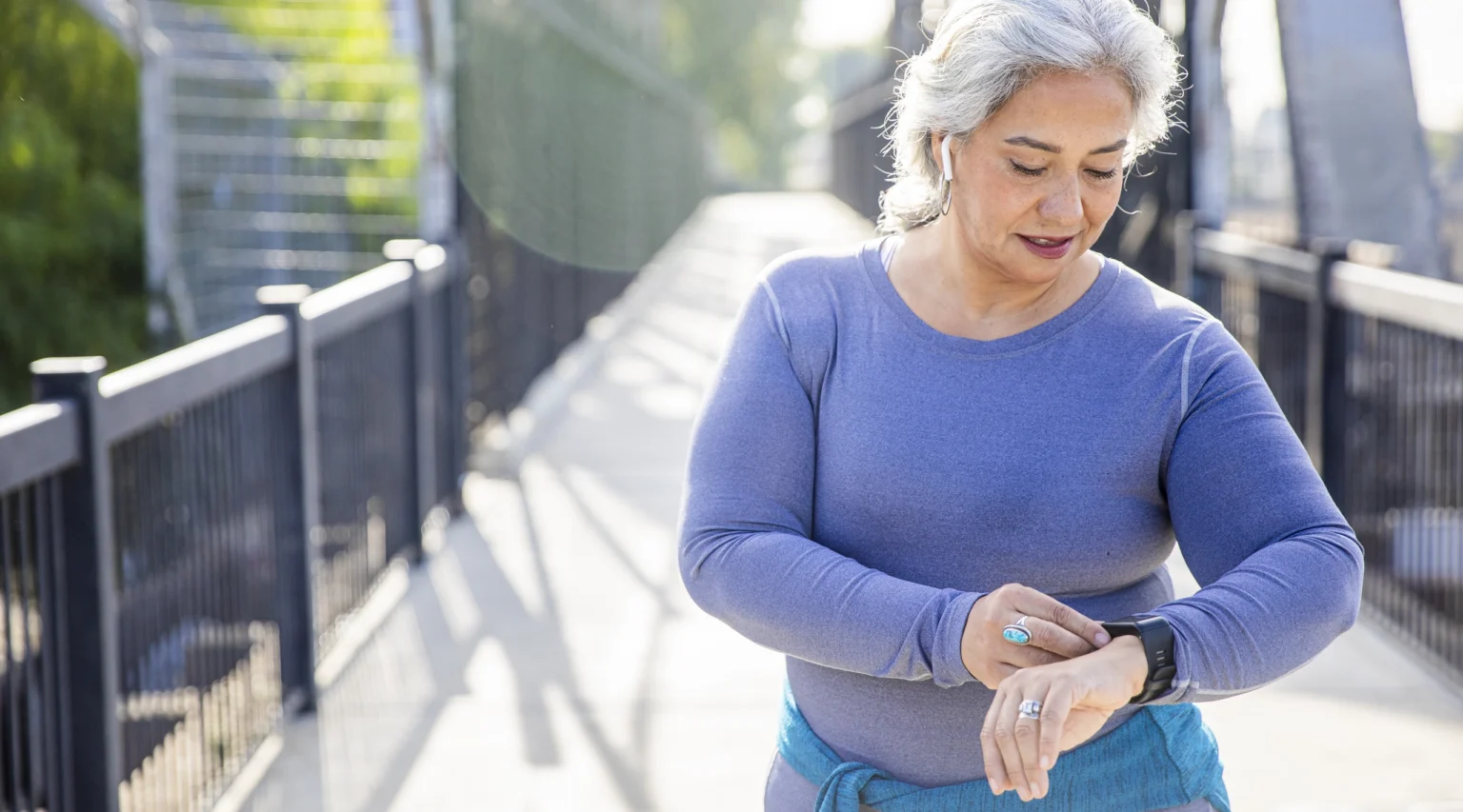
Consider the saying, “it’s a walk in the park.” There’s a reason we associate walking with ease, simplicity, and peace of mind: walking is one of the oldest forms of exercise known to humankind. No fancy equipment, no membership fees, no learning curve. In a time when gyms, high-tech wearables, and pricey fitness trends dominate the conversation about health, it’s easy to forget that one of the most effective ways to get fit is as simple as putting one foot in front of the other.
Whether you’re strolling through your neighborhood, powerwalking on your lunch break, or hiking a scenic trail, walking offers a world of benefits for the body and mind. In fact, the average moderately active person walks the equivalent of three times around the Earth in their lifetime—that’s about 75,000 miles. It’s a quiet testament to how powerful this simple act can be over time. And best of all, it’s completely free.
Let’s take a step back and explore why this timeless, low-impact activity might just be the most underrated workout of all.
Walking: Simple, Powerful, and Proven
Often underestimated, walking is one of the easiest yet most effective ways to boost your physical and mental health. It’s low-impact, accessible, and requires nothing more than a good pair of shoes.
Here are some of the top benefits:
Improves cardiovascular health:
Brisk walking for just 30 minutes a day can reduce your risk of heart disease and stroke by increasing your heart rate, improving blood circulation, and lowering blood pressure and cholesterol.
Boosts mental health:
Physical activity like walking releases endorphins (feel good hormone) and reduces cortisol (a stress hormone), which helps elevate mood and reduce anxiety and depression – especially when done outdoors in natural light.
Supports weight management:
Regular walks, particularly when done at a brisk pace or in intervals, help burn calories and support a healthy metabolism. Over time, this can lead to reduced belly fat and improved overall body composition.
Strengthens joints and bones:
Walking strengthens bones and improves joint function, by lubricating them and strengthening the muscles that support them, reducing the risk of osteoporosis and helping maintain mobility as we age.
How to Boost the Effectiveness of Your Walks
To get the most out of your walking routine, it’s important to focus on both consistency and quality. Health experts generally recommend walking for at least 30 minutes a day, five days a week, which adds up to the 150 minutes per week advised by the World Health Organization, for maintaining general health. A 30-minute brisk walk can also burn up to 150–200 calories, making it a simple and effective way to support overall wellness. If your goals include weight loss or improved fitness, increasing your sessions to 45–60 minutes can accelerate progress. The most important factor, however, is consistency — regular, shorter walks are more effective than a single long walk once a week.
The type of walking you do can also make a big difference, depending on your goals:
- Brisk Walking: Great for cardiovascular health. Walk at a pace of about 3 to 4 miles per hour, or fast enough to increase your heart rate.
- Interval Walking: Alternate fast-paced walking with slower recovery periods (e.g., 1 minute fast, 2 minutes slow). This method improves endurance and burns calories efficiently.
- Incline Walking: Walking uphill or using an incline on a treadmill works more muscles, especially the glutes and calves, and boosts calorie burn.
Ultimately, the best kind of walk is the one you’ll stick with. Whether it’s a daily stroll with your dog, a quick break during your workday, or a weekend hike, building a walking routine that fits into your life and brings you enjoyment is what leads to lasting benefits.
Keep Your Walking Routine Fresh and Fun.
Walking is one of the easiest ways to get moving, but even the best routines can start to feel a little… well, routine. The good news is there are plenty of simple ways to switch things up and keep your walks fresh and fun, making them something you look forward to. Here are five ideas to liven up your walk:
- Choose scenic routes: Parks, trails, or neighborhoods with greenery or water are uplifting and can reduce stress.
- Walk with others: Join a walking group or invite a friend. It’s great for accountability and social connection.
- Listen to something: Audiobooks, music, or podcasts make time fly and can keep you motivated.
- Vary your routes: Switching up your paths keeps things fresh and can help you explore new areas.
- Track your progress: Use a pedometer or fitness app to set goals and celebrate milestones.
Walking might seem simple, but its impact on your health is anything but small. Still, how can you tell it’s making a difference? That’s where biometric health screenings come in. At eHealthScreenings, we partner with employers to provide onsite or remote offsite screenings that measure key health indicators like blood pressure, cholesterol, glucose, and more. These insights empower employees to track progress, stay motivated, and make informed choices, turning small steps, like daily walks, into meaningful health improvements. When it comes to wellness at work, walking and knowing your numbers go hand in hand.
Want to support healthier habits in your workplace? Reach out to us to learn how biometric screenings can complement your wellness initiatives and help your team take the next step toward better health.
